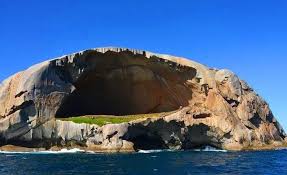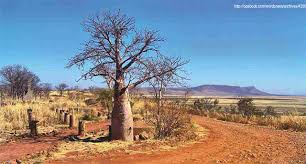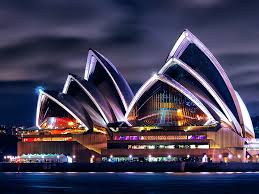Automatic instead of the border guard
 According to the forecasts of Australian statisticians, in the summer of 2000, during the Olympic Games in Sydney, the flow of foreign tourists to Australia will increase approximately threefold. Moreover, all this mass of people will fly and sail into the country almost simultaneously. Which can lead to queues at passport and customs control at international airports and seaports. In search of a solution to this problem, Australian experts have developed a fundamentally new passport verification system.
According to the forecasts of Australian statisticians, in the summer of 2000, during the Olympic Games in Sydney, the flow of foreign tourists to Australia will increase approximately threefold. Moreover, all this mass of people will fly and sail into the country almost simultaneously. Which can lead to queues at passport and customs control at international airports and seaports. In search of a solution to this problem, Australian experts have developed a fundamentally new passport verification system.
A technical novelty is a joint brainchild of employees of the Organization of scientific and industrial research of the Australian community and CPS. The system works as follows. The passport is placed in a special electronic scanner. At the same time, a digital camera photographs the person undergoing passport control. The computer instantly compares two images, establishing their identity. Moreover, even such “interference” as a mustache, beard or age-related changes in facial features for the car is not a problem. In addition, the computer checks the data of the presented passport through the Interpol information network.
If the images match and Interpol does not have any complaints against the entrant, the computer gives the green light to the border crossing. If the smart car has any complaints, it will send the border crossing officer to the immigration officer for a more detailed identification of the person.
With the permission of Australian immigration authorities, the new system has already been tested at Canberra and Brisbane airports. The results are impressive: the computer spent no more than 10 seconds on checking each passport.
Now it’s up to you to come up with something similar for Australian customs. As you know, the customs rules of Australia are extremely strict. The list of goods categorically banned for import into the country is huge – from animals, plants and seeds to leather products, bamboo and straw. Tourists are not allowed to take even leftovers of food and drinking water “saved” during the flight. So in order to develop a system that can eliminate possible lines at customs in 2 years, Australian technicians will have to sweat a lot.



